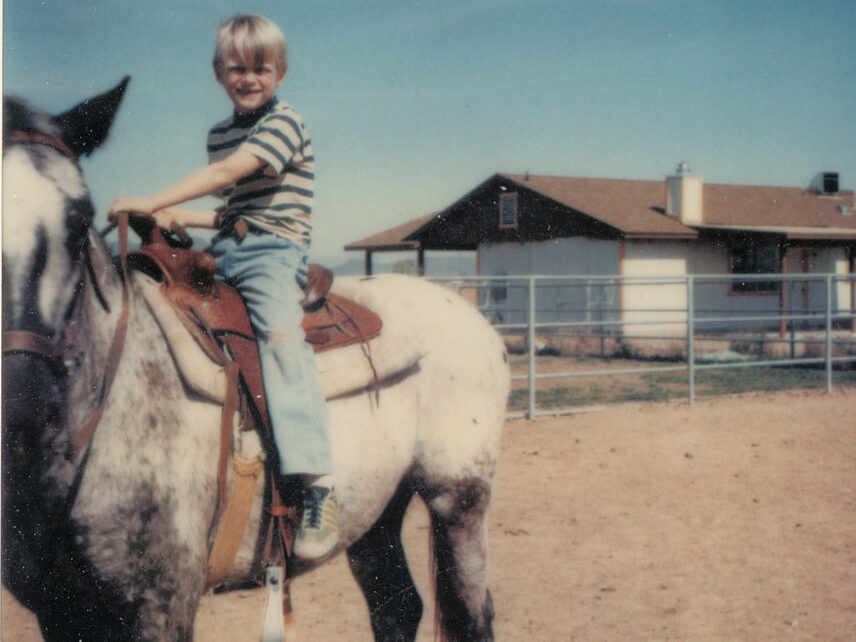
Parenting in the 1970s was very different from what we see today. The rules were looser, the risks were higher, and the culture was more relaxed at that time. Here are 15 things parents did back then that would likely shock—or even horrify—modern parents. We hope you don’t get inspired by any of the following points, though.
Letting Kids Ride in the Front Seat Without Seatbelts
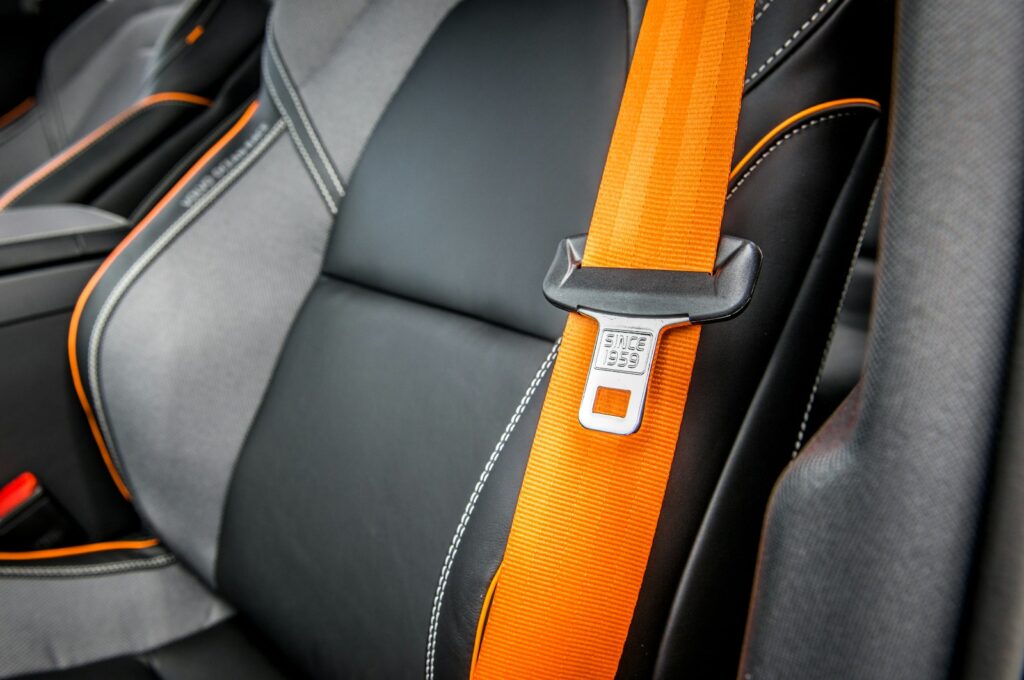
Crazy, right? Why would they do such a risky thing? Because cars in the 1970s weren’t equipped with the safety features we take for granted today. Seatbelt laws didn’t exist in most places, and airbags were unheard of. Kids often rode in the front seat or even stood on the back seats, leaning forward between their parents.
Smoking Around Kids

Smoking indoors, in cars, or even at the dinner table was entirely normal in the 70s (for both men and women). Parents smoked freely around their children as they were completely unaware of the dangers of secondhand smoke. Tobacco companies still advertised their products openly, and smoking was seen as sophisticated rather than harmful, even in homes with small children.
Leaving Kids in the Car Alone
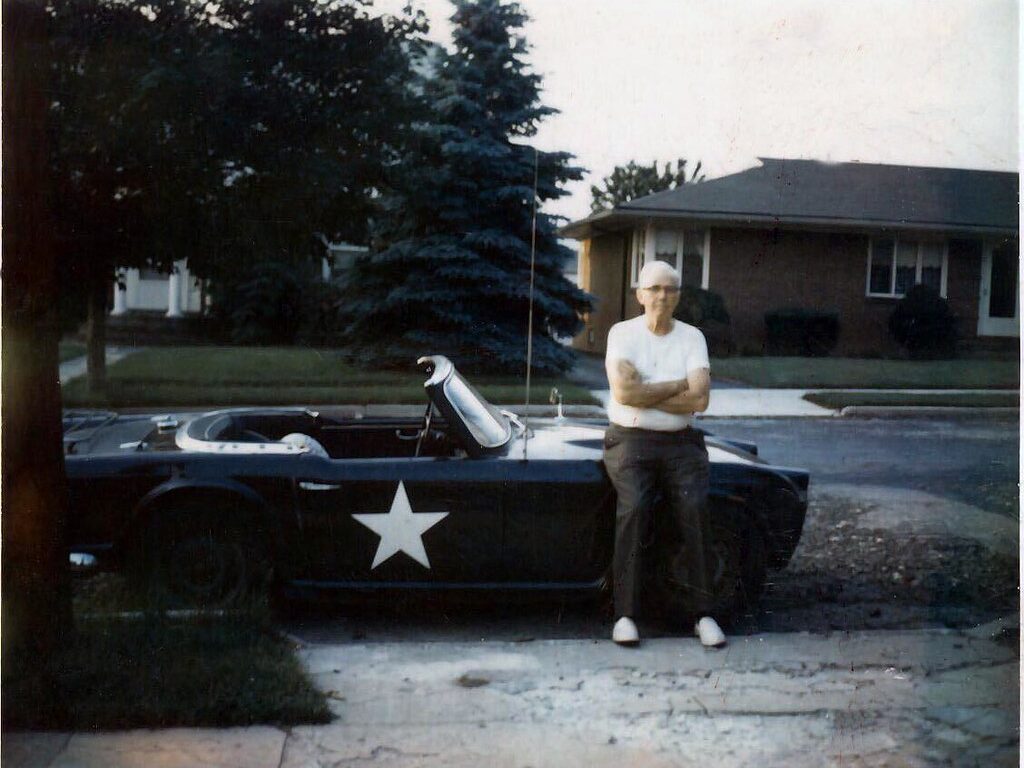
Running errands in the 70s meant parking the car, leaving your kids inside, and heading into a store. Parents assumed that kids would stay inside without any problem, and they would leave windows slightly cracked for air. There were no laws or social norms against this. These days, such behavior would not only be frowned upon but could lead to serious legal consequences.
No Helmets on Bikes
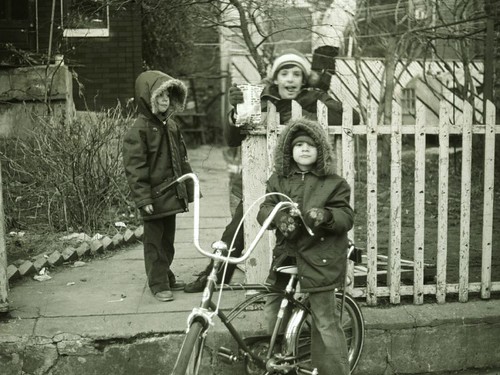
Riding a bike was the ultimate childhood pastime, but helmets were almost never part of the picture. Kids rode bikes everywhere—on sidewalks, gravel roads, or busy streets—without any protective gear. The concept of wearing a helmet for safety was virtually non-existent, and parents didn’t see the need for this precaution. It was a dangerous thing to do.
Kids Walking to School Alone
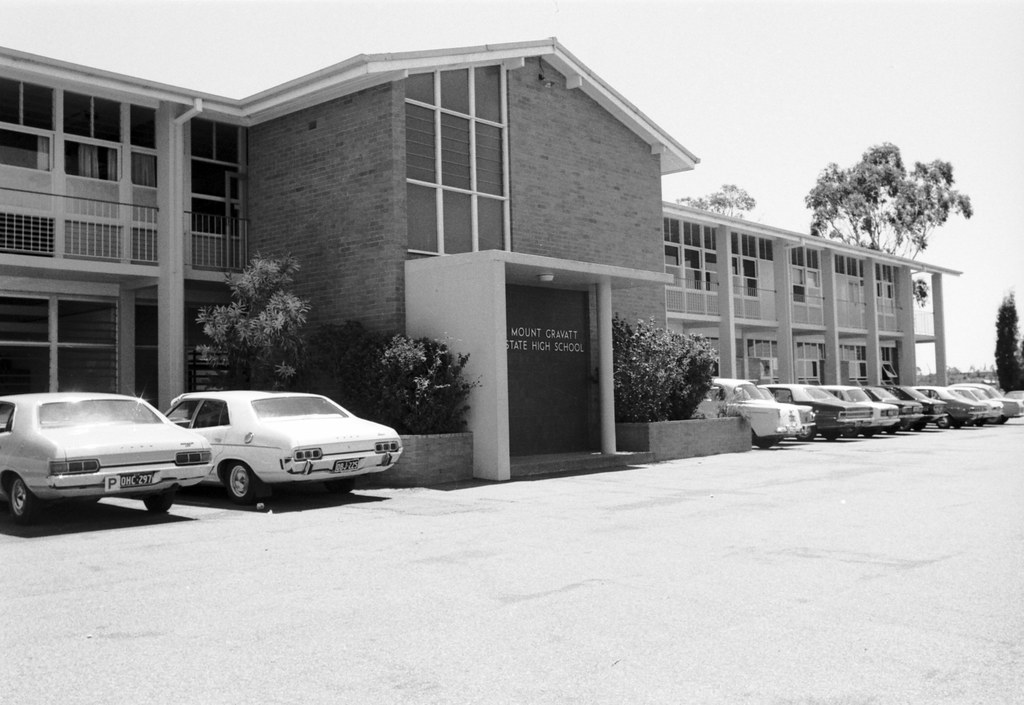
Yes, we’re serious. Children as young as five or six walked to school by themselves every single day, sometimes for miles. Parents believed that walking alone built independence and resilience in their kids. There was no fear of strangers or traffic among people. Today, such a lack of supervision would raise serious concerns about child safety and responsibility, which makes sense considering the crime rate.
Spanking as a Common Discipline Tool
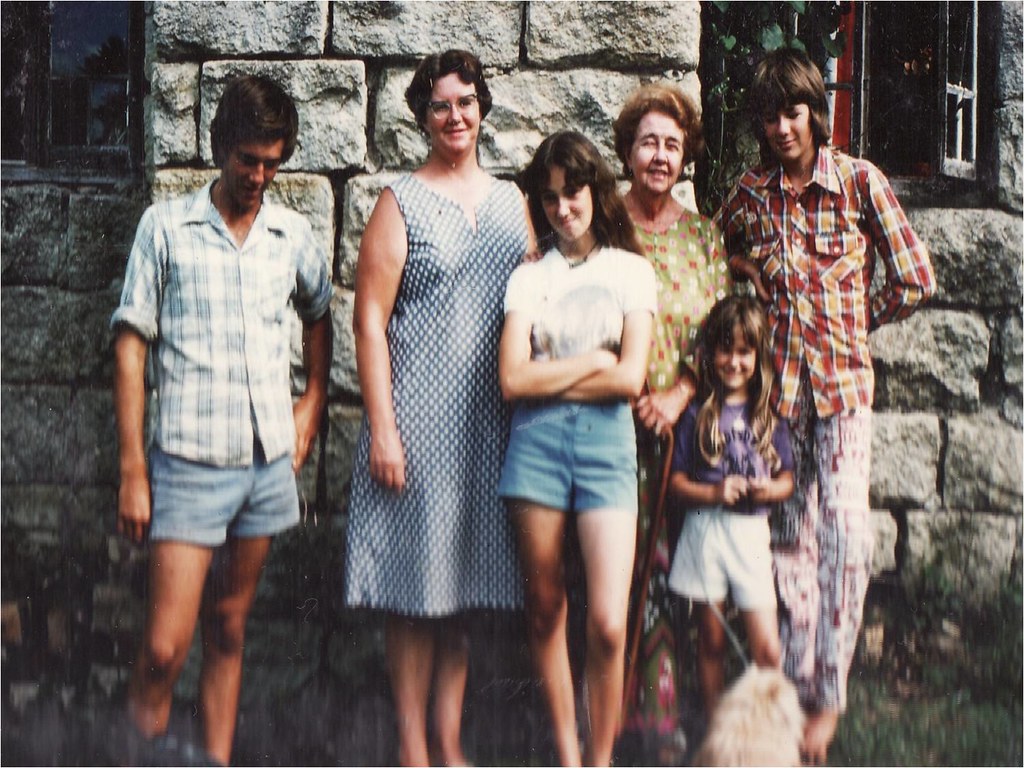
In the 70s, spanking was not only accepted but often encouraged as the primary way to discipline children. Parents didn’t hesitate to use their hands, belts, or wooden spoons to correct bad behavior. Physical punishment was also common in schools, where teachers and principals often used paddles on students with their parent’s approval. You can imagine how hard life had been for children growing up in this decade.
Hitchhiking as a Family Activity

Hitchhiking was seen as an easy and budget-friendly way to travel. Families with limited transportation options would wave down cars to hitch rides to various destinations. Unlike today, there wasn’t the widespread fear of crime associated with strangers. People used to be nice and helpful. While risky, the practice was normalized, and parents didn’t think twice about it.
Letting Kids Play Outside Unsupervised for Hours
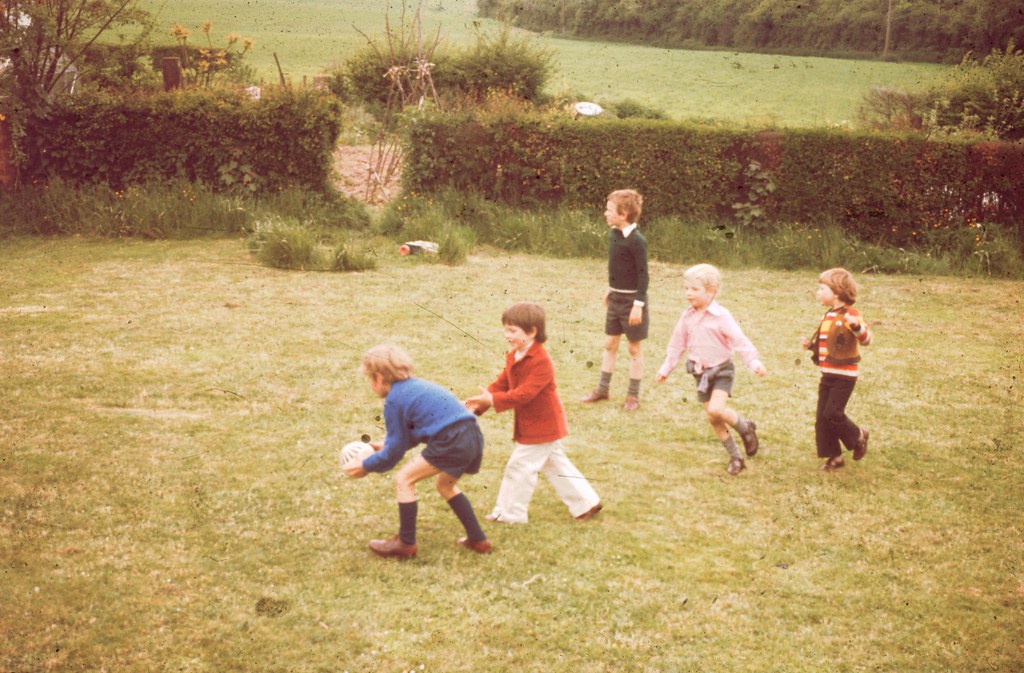
It’s safe to say that parents in the 70s had no fear. They didn’t micromanage their children’s playtime. Kids left home in the morning to explore the neighborhood and returned only when the streetlights came on. Parents trusted that everything would be fine and had no idea where their children were or what they did during the day.
Laissez-Faire Bedtimes
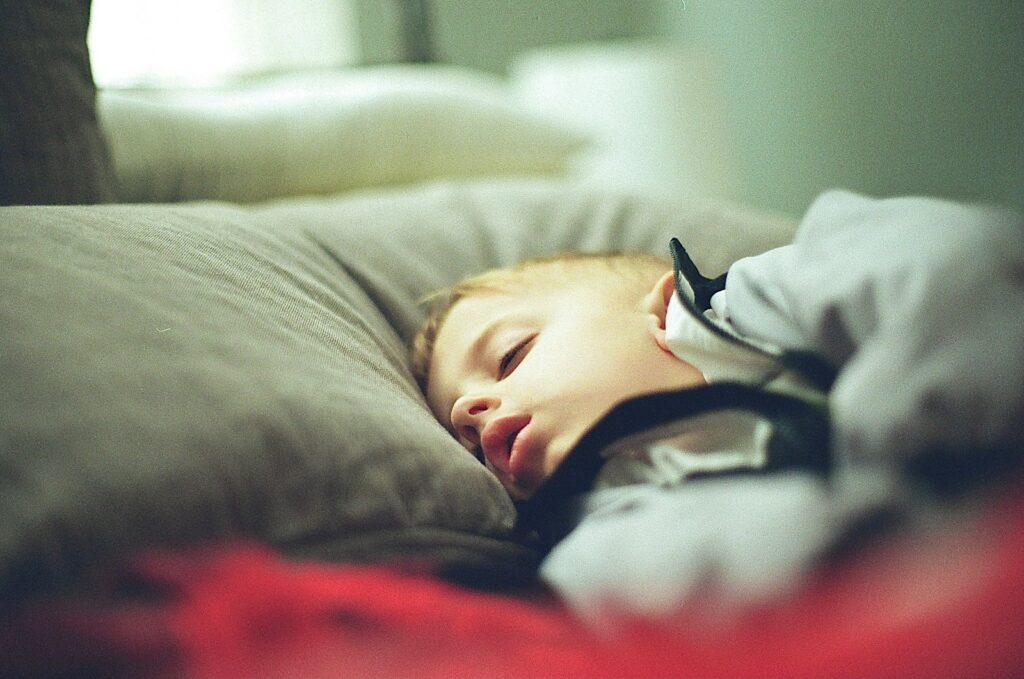
Some good news for children: bedtimes in the 70s were often relaxed and flexible. Many parents allowed their children to stay up late watching TV or playing until they naturally got tired. Bedtime routines, as we know them today, were rare. Parents didn’t worry as much about sleep schedules, which would be seen today as crucial for a child’s
development and well-being.
No Childproofing
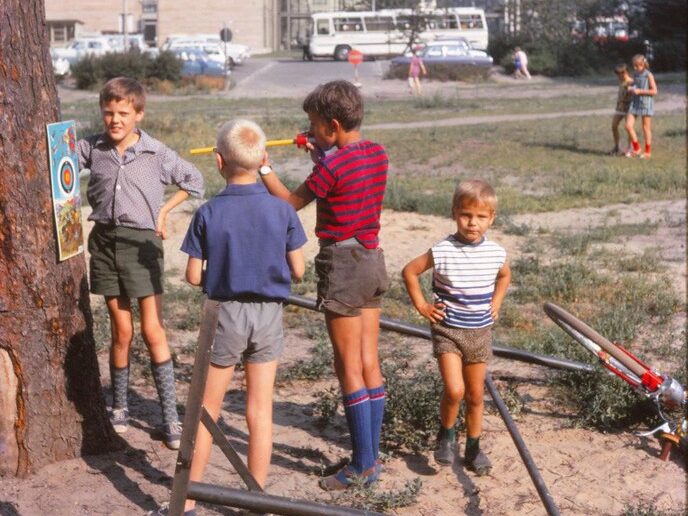
Childproofing your home for kid’s safety wasn’t common in the 70s. There were no outlet covers, cabinet locks, or corner guards on furniture. Cleaning supplies and sharp objects were kept within reach, and it was assumed that kids would learn what was safe and what wasn’t by trial and error—sometimes through painful experiences.
Letting Kids Ride in Pickup Truck Beds

It was a common sight to see kids riding in the open bed of a pickup truck, enjoying the wind in their hair. Again, parents didn’t worry about the lack of seatbelts or safety restraints. It was considered a fun and carefree activity. Today, this would be seen as highly dangerous and illegal in many places.
Minimal Supervision at Playgrounds

Playgrounds in the 70s were made of concrete and metal, with towering structures and no soft landing surfaces. Parents often stayed far away or didn’t accompany their children at all. Kids climbed, swung, and slid with no safety nets. Obviously, injuries were frequent due to zero safety nets, but they were just considered part of growing up.
Drinking Alcohol While Pregnant

In the 1970s, people didn’t really know much about the risks of drinking during pregnancy. It wasn’t unusual for pregnant women to sip on a glass of wine or champagne, even at parties. Back then, it was seen as totally fine. It wasn’t until later, when studies linked alcohol to Fetal Alcohol Syndrome, that attitudes completely shifted.
Letting Kids Play with Fireworks

Fireworks weren’t just for adults during celebrations. Parents handed their little children sparklers, firecrackers, and even Roman candles. Again, there was no fear. And it wasn’t like they were watching their kids bursting crackers. Nope. Supervision was minimal, and protective gear like gloves or goggles was unheard of. While accidents were common, they didn’t deter parents from letting their kids participate in the festive fun.
Parenting Without Screens or Gadgets
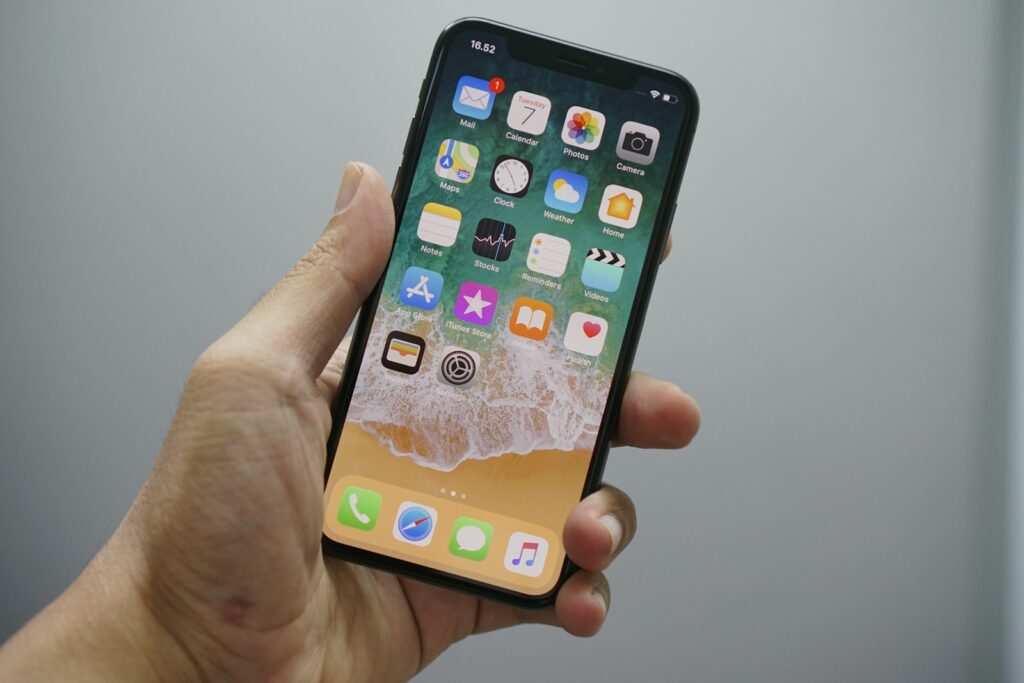
This is the only point on this list from which you can take inspiration. Before smartphones, tablets, or even video games, kids had to find some creative ways to entertain themselves. Parents encouraged outdoor play, reading, or hands-on hobbies. Unlike today, where screen time is closely monitored, parents don’t worry about devices because they aren’t part of the equation.
